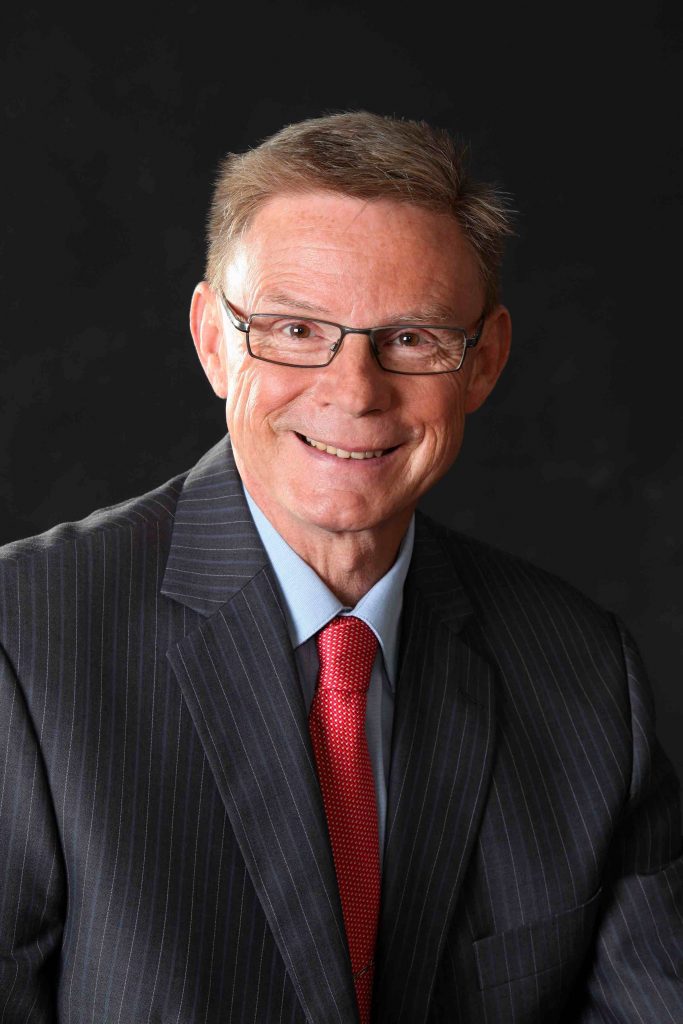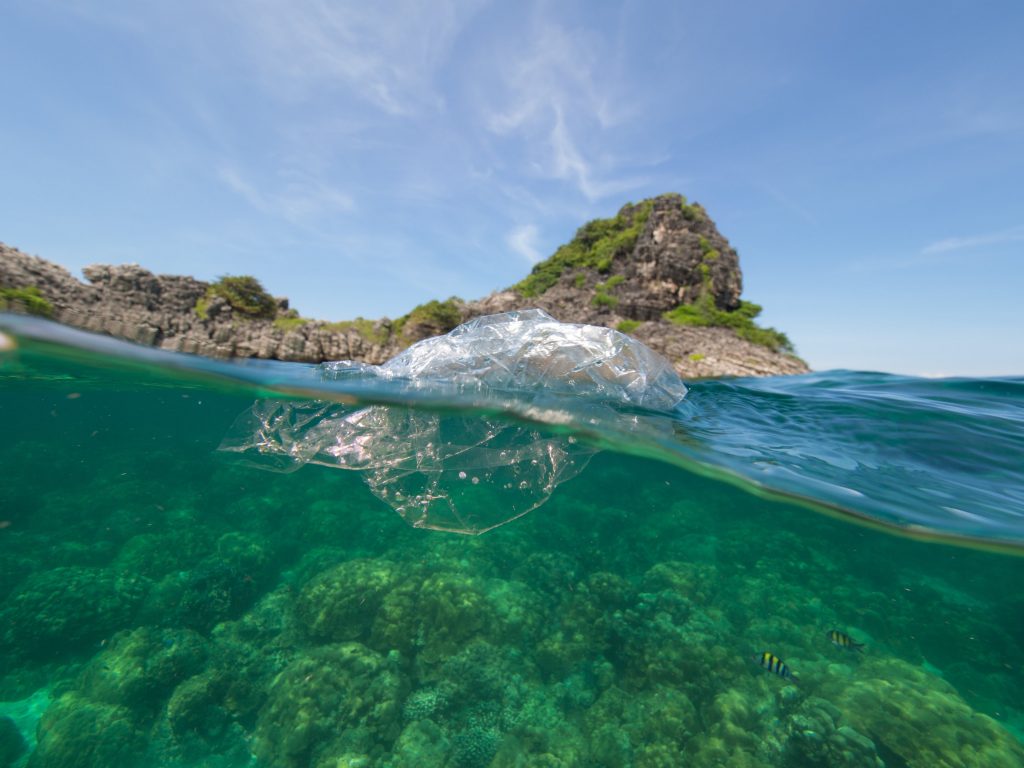Thursday 4 April 2019 at 6pm

Professor Kim Pickering
School of Engineering, University of Waikato
EIT Taradale, Lecture Theatre 2
Admission: Gold coin donation
Composite materials commonly contain glass fibre with a matrix, and are used in a wide range of products such as bath tubs, shower cubicles, skateboards, surfboards, furniture and even bridges, as they can be very strong and stiff. However, these materials require a high input of energy to create and they are not recyclable or biodegradable. Professor Pickering will present some of her work on high performance composites from more sustainable materials.
Kim received her PhD in composite materials in 1993 from the University of Surrey, following on from her first degree from Imperial College, University of London and industrial work in the electronic materials sector (Plessey UK). She moved to NZ shortly after, where she formed and heads the Composites Research Group in the Engineering School of the University of Waikato.
Her work involves understanding the failure mechanisms of materials to enable improvement of their performance. She has researched extracting and using the fibres from hemp, wood and harakeke (New Zealand flax), to make strong and lightweight composite materials. She has also developed bio-derived plastic matrix materials to enable production of fully bio-derived composites, along with bio-processing technology for their improvement.
In recognition of her research, Kim was elected as a Fellow of Engineering New Zealand and is a Kudos Award recipient. In 2017 she was awarded the Scott Medal by the Royal Society Te Apārangi, for development of composite materials that are more sustainable.









